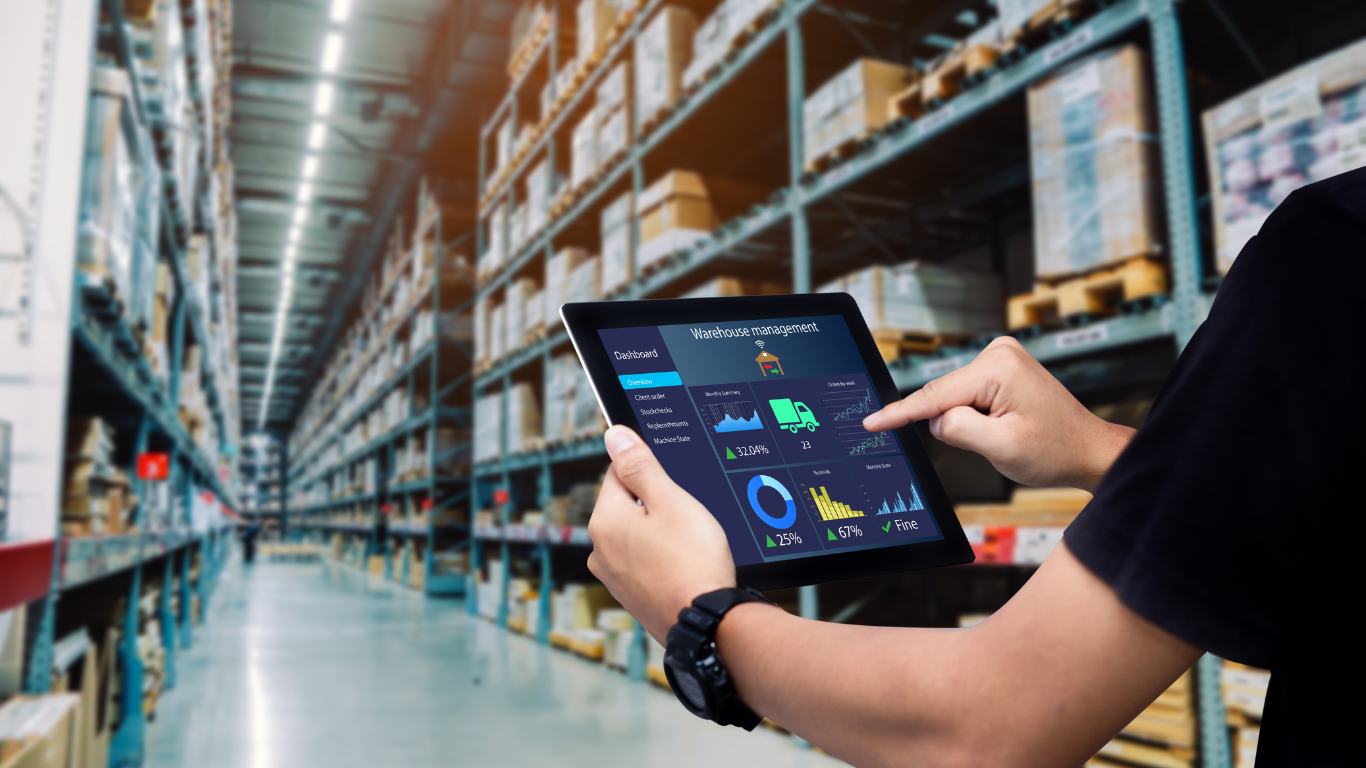All organisations must play their part in solving the climate crisis. Digital transformation, which will improve business processes and offerings through leveraging new technologies, will form a vital part of the way we cut emissions and reduce waste.
Reducing unnecessary consumption should be a priority for every organisation. Not only will it make your business more efficient and cost-effective, but it will also reap massive environmental benefits, something that’s increasingly important now sustainability is at the forefront of customers’ minds.
Digital transformation will be a big part of this journey towards creating more sustainable organisations. That means a big push towards leveraging new technologies to create better ways of combining people, processes and resources productively.
This article will cover various examples of digital transformation and how they can help your organisation become more efficient, cost-effective and sustainable, including:
- Data & Analytics
- Smart Products and the Internet of Things (IoT)
- Virtual Reality (VR) and Digital Twins
- Robotic Process Automation (RPA)
Data & Analytics
Our current production and distribution systems produce a huge amount of waste. In the food industry alone, we throw away around 30% of global produce every year, and 75% of this waste occurs during production and distribution. Given how much food production and distribution contributes to climate change, this is a big problem. If food waste were a country, it would have the third biggest carbon footprint, after the USA and China. The message is clear: we have to stop producing far too much, only for it to end up in landfill.
Data & analytics could be part of the answer to this conundrum. Data insights can help us understand exactly how much we need to produce at any given moment. Predictive analytics, powered by Artificial Intelligence (AI), can be used to calculate what the level of consumer demand will be, taking factors like weather, seasonal trends, consumer preferences, public holidays and average income changes into account. Required stock levels can then be adjusted accordingly, based on these data-backed expectations. This process can be applied throughout the supply chain, ensuring wastage is minimised at every level.
Many areas of business across a wide range of industry sectors can benefit from data & analytics, from ordering car parts to distributing medicines. If every organisation along the supply chain had a clearer idea of exactly how much demand there was for a certain product, wastage could be massively reduced.
Smart Products and the Internet of Things
Everything from heaters to entire buildings can be ‘smart’, or connected to the internet,. More and more innovations are focusing on minimising usage of resources above and beyond what is necessary. For example, a smart building can use sensors to detect how many people are in each room, and adjust the heating, air conditioning and lights accordingly, so an empty room doesn’t have to use up energy unnecessarily.
As well as sensing what’s going on in the present, Machine Learning (ML) can be used to predict use levels and requirements in the future, based on factors like peak times and weather changes.
These kinds of solutions can make offices, schools, and other buildings more energy-efficient, saving on electricity bills and reducing carbon emissions. An added benefit is higher productivity – your employees never have to worry about turning the heating on and off, or having to work in the freezing cold, because the smart building has it all under control.
Virtual Reality and Digital Twins
Transport accounts for a large proportion of global greenhouse gas emissions, so reducing the need to travel long distances unnecessarily is surely a good thing for the climate. To emphasise this point, the Fifth Assessment Report released by the IPCC suggested that a ‘substantial decoupling of transport GHG emissions from gross domestic product (GDP) growth’ is necessary to avoid climate disaster.
Enabling more remote work, then, is a priority – especially for sites that are costly and energy-intensive to reach. To take an extreme example, an underground pipeline in Siberia will be difficult and energy-intensive to reach for engineers.
Digital twins can provide the solution. Instead of sending engineers to manually check whether every part of the operation is working, a virtual version of the system can be created and updated in real time with data from sensors about the temperature, vibrations, humidity, and any other relevant metrics. Using a Hololens, tablet, or computer, engineers can easily interact with the virtual version, exploding the parts and drilling down into more information from the sensors, in order to diagnose any problems and act accordingly from wherever they are in the world.
Another use case for digital twins is for training purposes. Engineers can be guided through exactly how to repair systems through interacting with a digital twin and guide using a Hololens. Training can happen effectively from anywhere in the world, reducing the need for travel.
Of course, a digital world cannot replace real life interactions. But the pandemic has proved that with the right access to technology, we no longer need to share the same physical space in every instance that we want to be productive or learn something new. Even just cutting down in-person working by half would make a massive difference to the impact that transport has on the climate.
Robotic Process Automation (RPA)
Making processes more efficient will be great for reducing energy consumption and physical waste. But it’s also important to stop wasting our time, too. If we’re going to solve climate change, we’re going to need to carve out time in our work lives to dedicate to collaboratively thinking, analysing, and acting on the challenge. The problem of climate change is not simple, and it will take more than a day to figure out how your business or team is best equipped to help solve it.
RPA can help to give you more time. It’s all about freeing up employees’ time by giving their most menial tasks to robots. By reducing some of their workload, people will have more time to focus on the more difficult, complex problems.
Not only will this improve productivity, but it will also increase employee engagement and innovation. People can focus on meaningful work, making them more motivated, and they'll have more time available to focus on innovation and solving the company’s current challenges - including climate change.
Conclusion
The climate crisis has never been more urgent or more alarming, but the good news is that we certainly have the tools to fight it. Digital transformation holds so much potential for our society to accelerate its path towards a more sustainable future.
From analytics to smart buildings, from HoloLens's to RPA - technology can help every organisation minimise its environmental impact, while also saving energy and transport costs, and increasing productivity.
If you'd like to explore how your organisation can leverage technology in this way, please get in touch.



